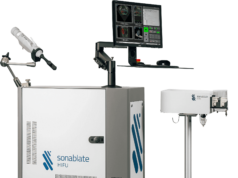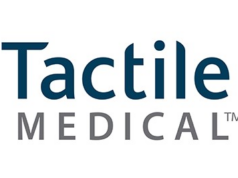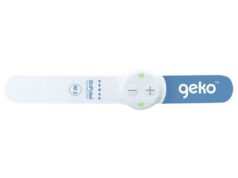New evidence suggests that minimally invasive methods to ablate superficial venous reflux in patients with end-stage venous insufficiency are as effective as traditional open venous stripping.
Chronic venous insufficiency affects approximately 2.5 million Americans, with up to 20% developing venous ulceration. The overall prognosis of this end-stage manifestation can be poor secondary to delayed healing and recurrence. The impact on the patient’s quality of life is significant, as is the economic impact of the disease. Care for venous ulceration in the USA alone has been estimated up to US$3bn annually.
The mainstay of treatment is compression therapy along with evaluation and management of venous reflux. While strategies for treating deep venous reflux are limited, superficial venous reflux, thought to be the etiology of up to 30% of venous ulcers, is considered correctible. Traditional treatment involved open surgical stripping of the saphenous system.
The ESCHAR (Effect of surgery and compression on healing and recurrence) trial in 2004 established open surgery as effective in reducing recurrent ulceration. Since that time, minimally invasive techniques to ablate the saphenous system have largely replaced vein stripping and have proven effective in the treatment of venous insufficiency, particularly painful varicose veins (CEAP Class 2 and 3).
As reported in the July edition of the Journal of Vascular Surgery Venous and Lymphatic Disorders, researchers from the University of North Carolina, led by vascular surgeon William Marston, retrospectively evaluated the results of endovenous thermal ablation (EVTA) performed on 173 limbs with advanced venous insufficiency (CEAP C5 and C6, healed and active ulcers, respectively). Concomitant deep venous insufficiency in this series was 31.2%. With a mean follow-up of 25.2 months, they noted a healing rate of 74% at six months, with a recurrence rate of 9% and 29% at one and three years, respectively.
Comparing these results with those of the ESCHAR trial, Marston notes, “ulcer healing and recurrence rates appear similar to those of patients treated with surgical stripping.”
His group also found that recurrence was less common in patients with isolated superficial insufficiency as well as those who had phlebectomy performed at the time of the procedure.
Given the later finding, Marston concludes that, “consideration should be given to adding phlebectomy of varicose veins to the initial procedure, particularly if they are directly related to the site of ulceration.”
The article concludes that physicians should be diligent in evaluating venous insufficiency ulcers, as superficial reflux as a cause is not only common and correctible, its minimally invasive treatment is effective.












